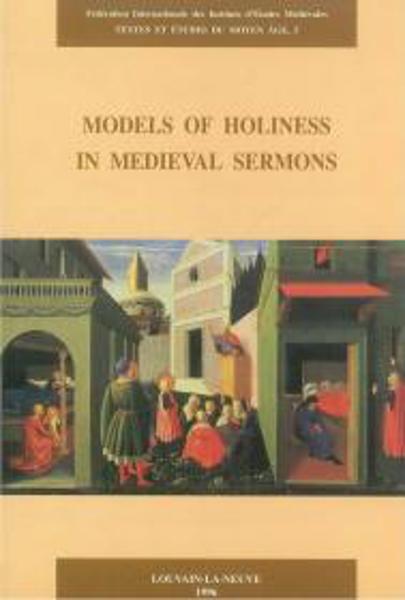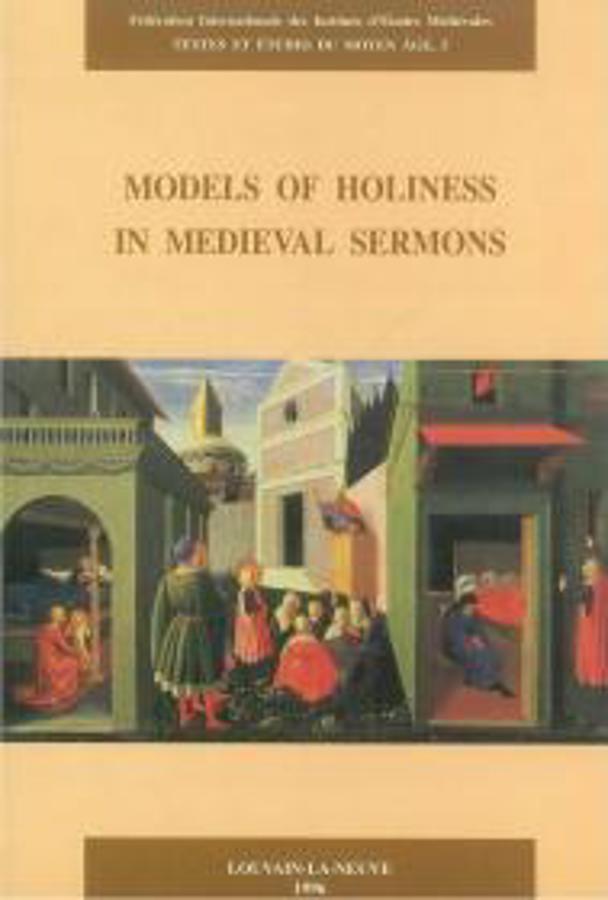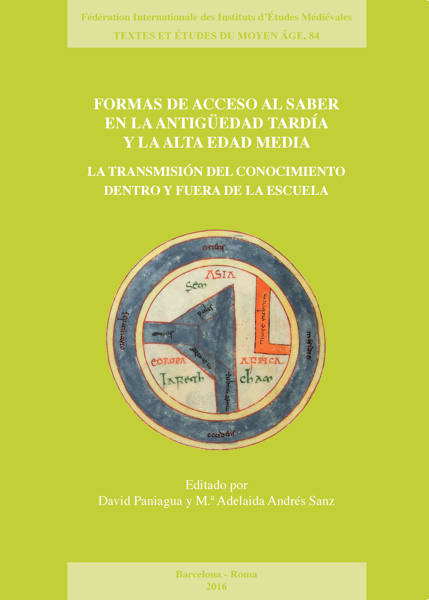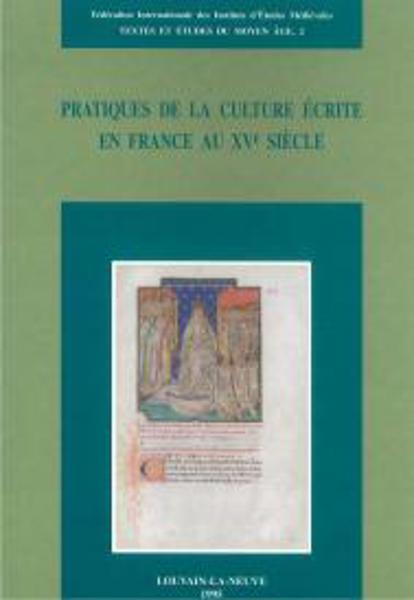
Models of Holiness in Medieval Sermons
Proceedings of the International Symposium (Kalamazoo, May 4-7, 1995), organised by the International Medieval Sermon Studies Society (IMSSS)
B.M. Kienzle (ed)
- Pages: 422 p.
- Size:165 x 240 mm
- Language(s):English, French
- Publication Year:1996
- € 50,00 EXCL. VAT RETAIL PRICE
- Ref.: 02150050200
- Paperback
- Available
- € 50,00 EXCL. VAT RETAIL PRICE
- ISBN: 978-2-503-56169-1
- E-book
- Available
Hagiographers and sermonists came together in 1995 to focus on the sermon, the central literary genre in the life of medieval Christians and Jews and the primary medium for conveying and adapting models of holiness to the public. the contribution in this volume elaborate the sermon's role in constructing and diffusing models of holiness in different cultural and chronological categories, from ninth-century Ireland to late medieval Germany, from the synagogues of medieval Spain to the piazzas of fifteenth-century Florence, and from the secret meetings of heretics to the papal court in Avignon.
While ideals of holiness remained relatively consistent, the practical interpretations varied widely. Among the topics explored are the swift construction and propagation of Becket's cult after his martyrdom; The reappearance of certain biblical figures in different milieux; the non-utilization of non-biblical models; the interpretation of models for lay listeners and female audiences: chronological shifts in the vocabulary of sanctity; the theological basis for encouraging lay preaching; and attitudes in the eve of the Reformation.
Methodological concerns are also elucidated here: the challenge in methodology shared by scholars of Jewish and Christian preaching; the sources other than sermons that bear on preaching; compilers' modifications to their sources; the role sermons played in canonization processes; expanding the definition of a sermon to encopass the activities of lay movements, laywyers, monarchs, and contexts beyond the framework of traditional worship.




